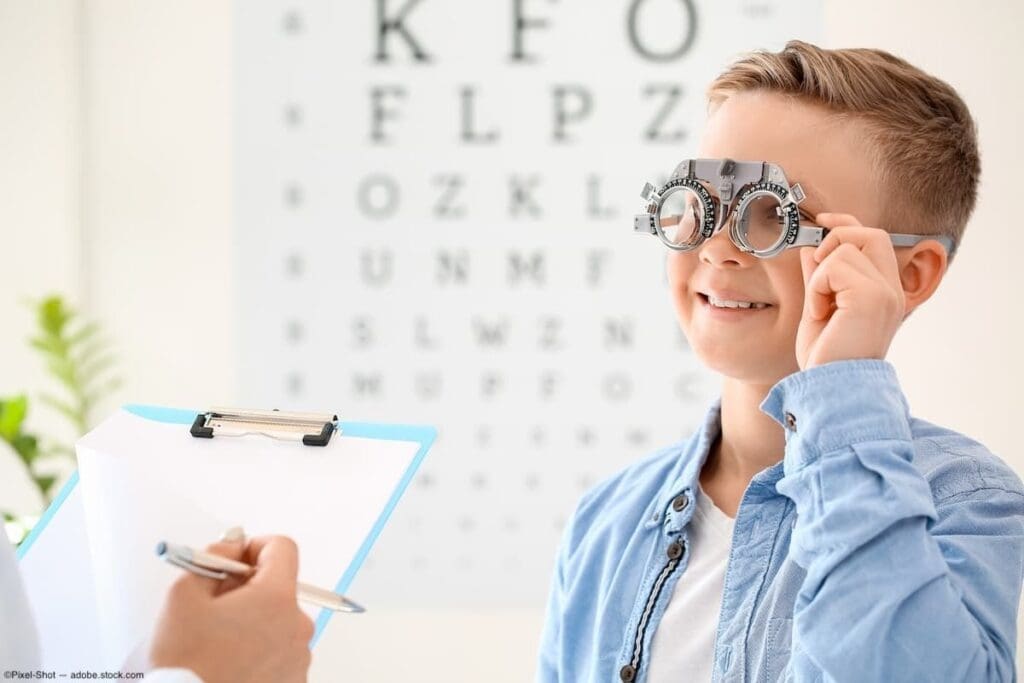Last Updated on November 24, 2025 by

Early screenings are health checks that find diseases like cancer, diabetes, or heart issues before symptoms show. At LivHospital, we stress how vital these checks are for staying healthy. Comprehensive screenings can greatly help treatment results by spotting health problems early.
We know that finding diseases early can save lives. For example, some cancers have a much better survival rate if caught before symptoms show. The American Academy of Pediatrics (AAP) says regular checks for young kids are key. They help a lot because early action can make a big.
Early screenings are key to keeping us healthy. They find health problems early, before they get worse. Just 51% of U.S. adults aged 21 and up got a routine screening last year. This is a 10% drop from 2024, showing we need more people to get screened.

Proactive health checks, like early screenings, check our health and find risks early. They are vital for preventive diagnostics. They help doctors find and treat diseases like cancer, diabetes, and heart disease when they’re easier to handle.
Many tests and exams are used in early screenings. For example, EPSDT (Early and Periodic Screening, Diagnosis, and Treatment) checks kids and teens for health issues. Adults get tests like mammograms, colonoscopies, and blood pressure checks to find risks.
Early screenings find diseases and conditions before we feel sick. This means we can get help sooner, which helps us get better faster. They catch things like high blood pressure, diabetes, some cancers, and heart disease. With diagnostic services, doctors can give us care that fits our needs, helping us stay healthy.
Looking at early screenings in the U.S., some key stats really stand out. They show how important they are for public health. At LivHospital, we think knowing these trends helps us push for more preventive care.
Studies show that about 51% of American adults get the early screenings they should. This number shows we need to keep teaching people about the value of early screenings. Telling patients about the good things early screenings can do can really help more people get them.

There’s been a big drop of 10% in routine screenings from 2024. This drop shows we must tackle issues like not knowing about screenings and not having access to them. We aim to give our patients all the info and support they need to make smart health choices.
When people learn about early detection, screening rates jump up by 73%. This shows how big a role education plays in keeping people healthy. By giving our patients all the facts and support, we help them take charge of their health.
At LivHospital, we’re all about giving top-notch care that includes teaching patients about early screenings. By knowing the important stats and trends, we can all work towards a healthier future.
Early screenings are key in keeping us healthy. They help find health problems early. This means we can start treatments sooner, which can make a big difference.
Early screenings can really help people live longer. For example, five-year cancer survival rates are over 90% when caught early. But if cancer is found later, survival rates drop a lot. Early detection lets doctors start treatments that work better.
We think it’s very important to catch health problems early. This way, we can manage diseases better. It helps our patients live better lives.
Screenings are very important for finding cancer early. Studies show that regular tests can catch cancer when it’s easier to treat. To learn more about how early screening saves lives, check out our article with a Prominent medical expert’s insights.
Screenings are also key for finding heart problems and diabetes early. Spotting these issues early lets us start managing them right away. Early action is essential for controlling these conditions.
At LivHospital, our team is all about caring for our patients. We stress the value of early screenings. We work with our patients to make sure they get the best care possible.
Many people skip important screenings due to lack of knowledge and wrong beliefs. At LivHospital, we know how vital it is to tackle these issues. We aim to get more people to get checked and stay healthy.
Knowing why people avoid screenings is key to better healthcare for all. We’ve found three main reasons why they skip these tests.
Not knowing about the tests available is a big reason. Many don’t know about important screenings like EPSDT. These tests help catch problems early.
Some tests often missed include:
Thinking tests are only needed when symptoms show up is another big reason. But, serious issues like heart disease and some cancers don’t show symptoms until it’s too late.
“The absence of symptoms does not mean the absence of disease. Regular screenings are key to finding health problems early, when they’re easier to treat.”
Preventive diagnostics help find these problems before symptoms start. This means we can treat them sooner.
Cost and lack of access to healthcare are also big hurdles. These can make it hard for people to get the tests they need.
At LivHospital, we’re working to make healthcare more affordable and accessible. We believe everyone should get quality care, no matter their financial situation.
By tackling the reasons people skip screenings, we can improve health outcomes. We urge everyone to use our diagnostic services. This way, we can all stay healthy.
At LivHospital, we stress the value of early screenings for prevention and better care. Adding screenings to your routine can greatly boost your health. They help find diseases early, before you even notice symptoms.
Knowing what screenings are is key to staying healthy. We’re here to help you from the first test to treatment and more. Our goal is to give top-notch care, and we urge everyone to prioritize early screenings.
By choosing early screenings, you can manage your health better. LivHospital is ready to offer full support and advice on your health path.
Early screenings are health checks done before problems get worse. They help find diseases early. This can lead to better treatment and save lives.
Tests and exams are used to find diseases like cancer and diabetes early. These include blood tests, imaging, and physical checks.
EPSDT screenings are key for kids and teens. They find health problems early. This means kids get the help they need quickly.
Finding diseases early can greatly improve survival chances. Early detection means we can start treatment sooner. This helps lower death rates and improve life quality.
People might skip screenings due to not knowing about them or thinking they’re not needed. Others might face barriers like cost. We aim to make healthcare more accessible and affordable.
Knowing the value of early screenings is the first step. Talk to your doctor to figure out when you should get screened. This helps keep you healthy.
Diagnostic services are key for early screenings. They help doctors find diseases accurately. We use the latest tech for precise diagnoses and treatment plans.
Preventive diagnostics, like early screenings, are vital for health. They catch health problems early. This means we can treat them before they get worse, improving health outcomes.
Subscribe to our e-newsletter to stay informed about the latest innovations in the world of health and exclusive offers!